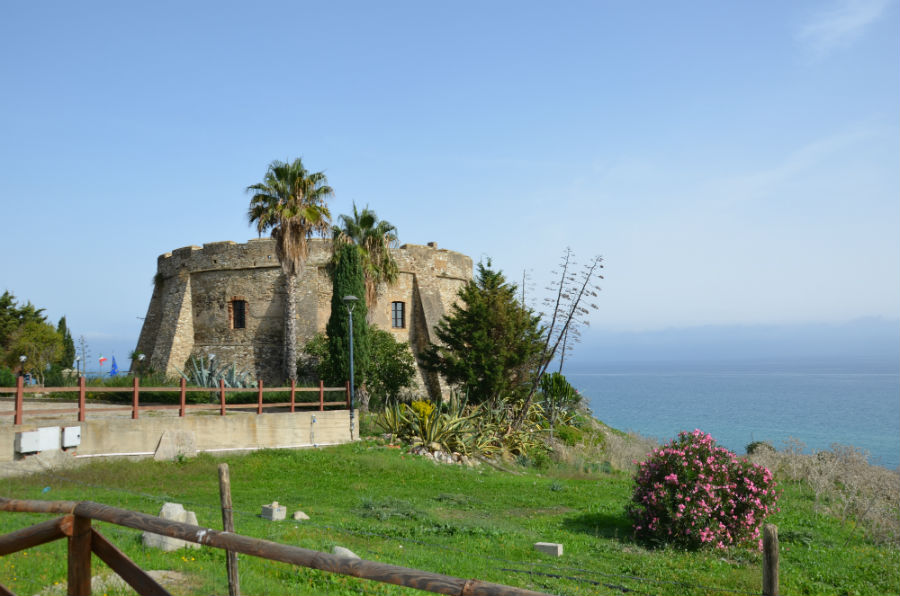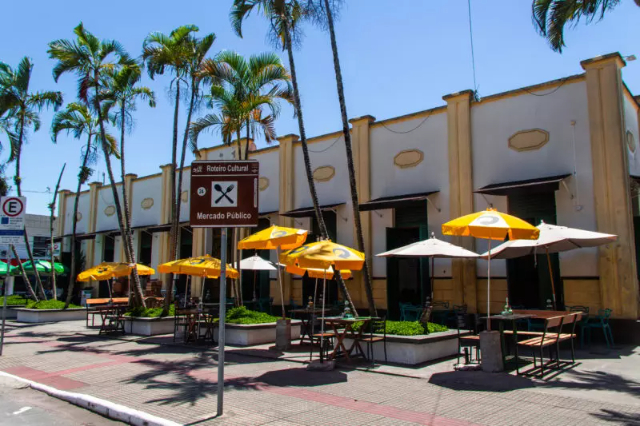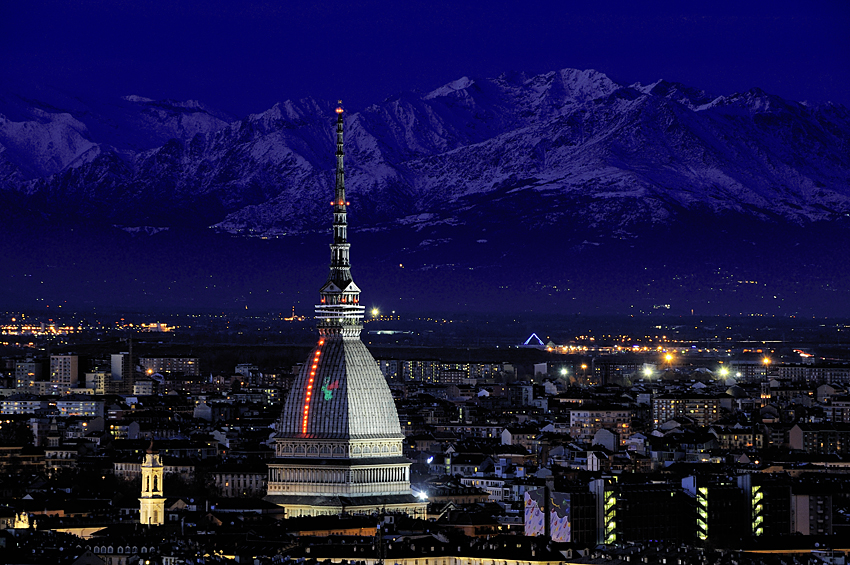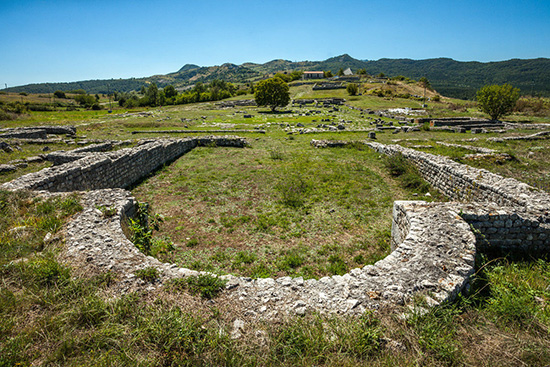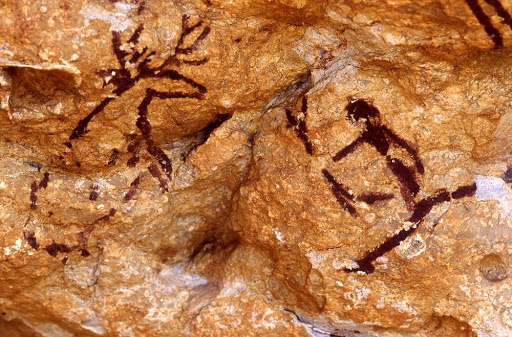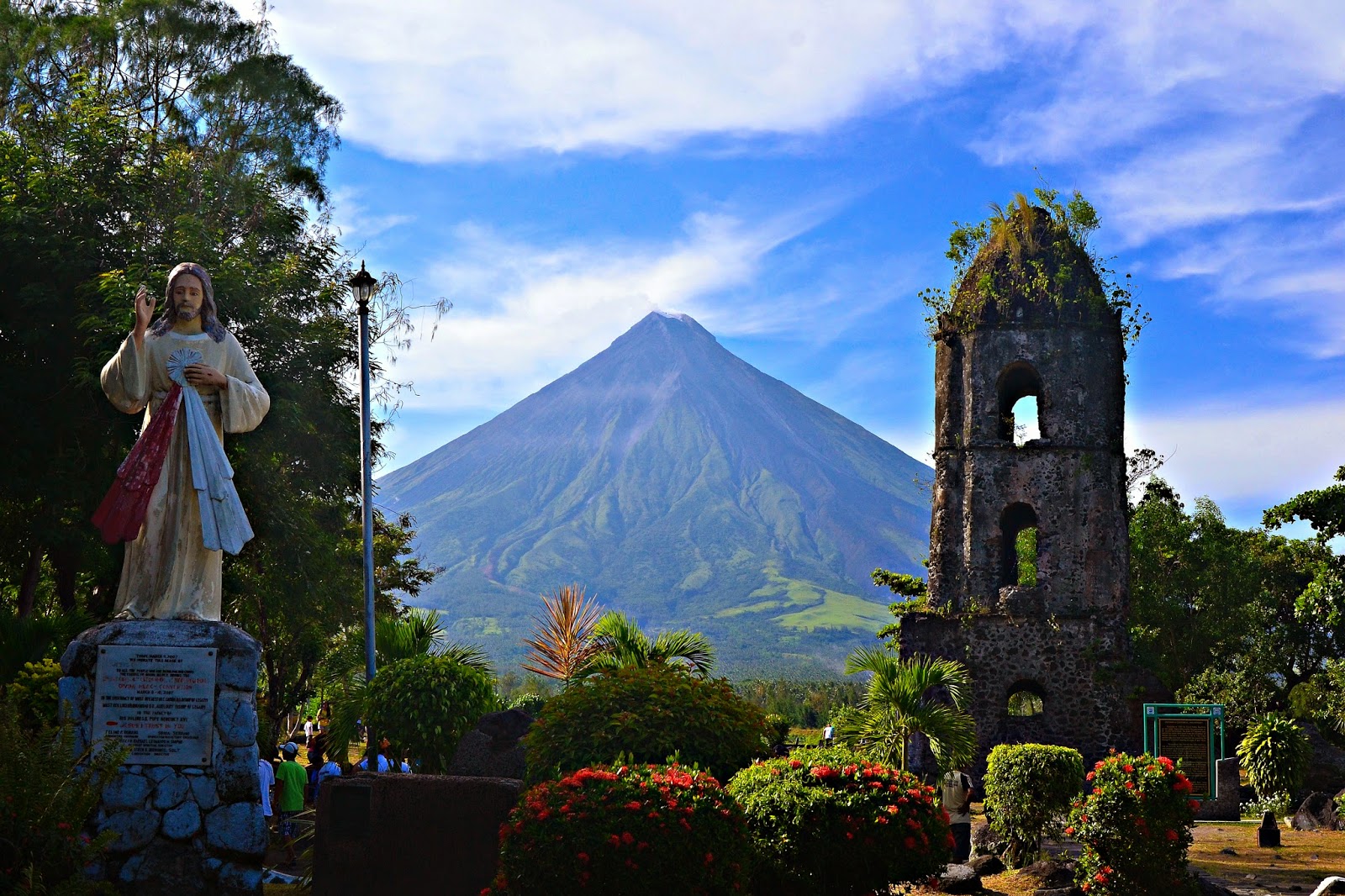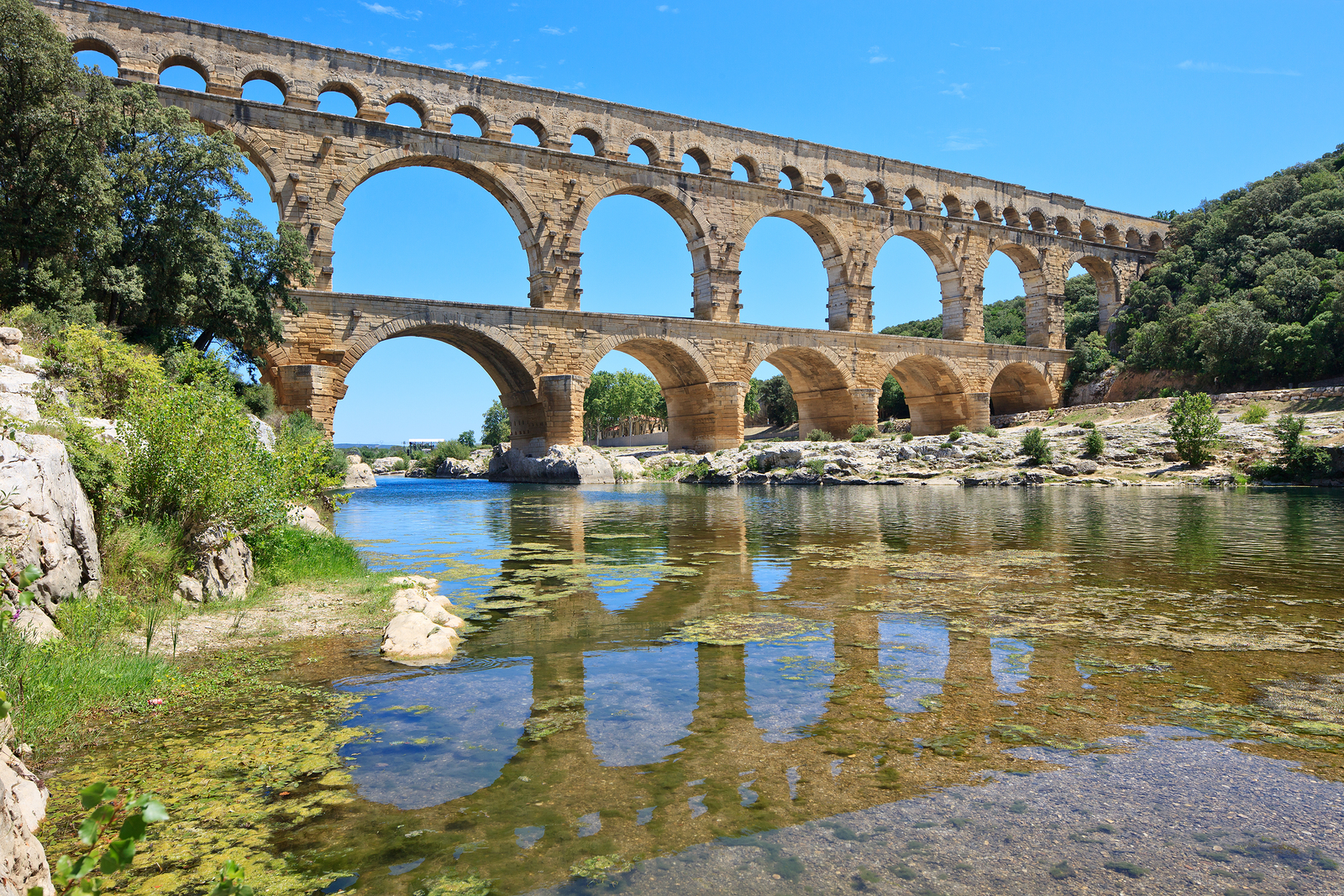Located on a rocky spur overlooking the Ionian Sea, from which you can enjoy a splendid view from Punta Alice to the promontory of Capo Colonna, the Torre Merlata has a clear divergence with other Spanish watchtowers built during the sixteenth and seventeenth centuries to protect the coast. As a matter of fact, the central body of the building seems to be inserted in a bigger complex which had to function as a self-sufficient point of defense and not as a simple sighting tower.
The proportions between the height and the diameter of the building lead to consider the Merlata Tower of Melissa more similar to a small castle with internal garrison. The central body with a truncated cone base is supported by six powerful buttresses, which increase the stability and the grip on the ground.
On the sea side a more advanced quadrangular body was added in later times. The Merlata Tower of Melissa develops on three levels in total, starting from the ground floor where on an internal courtyard there are small rooms, used as warehouses. An external staircase leads to the second level, used as a residence of the local squires who succeeded in the possession of the manor.
The last level is constituted by the crowning. The Merlata Tower has been owned over the years by the Princes of Strongoli, the Counts of Melissa and the Berlingeri family. Currently, the tower is owned by the municipality of Melissa, which also took care of the meticulous restoration as well as its enhancement. Built at the end of the XVI century, the Merlata Tower of Melissa had to belong to the complex defensive system wanted by the Spanish viceroys to protect the Calabrian coasts from the continuous pirate raids of the Turkish ships.
The construction, however, had tasks of guardian and not only of sighting. Later, the owners of the building adapted it as a residence, making internal and external changes to the structure. Today the tower houses the small museum of the historical peasant tradition that exhibits ancient tools and utensils of various nature and origin. The tower is also the seat of conventions and conferences, as well as art exhibitions hosted in the halls of representation, among the most active in the province of Crotone.
